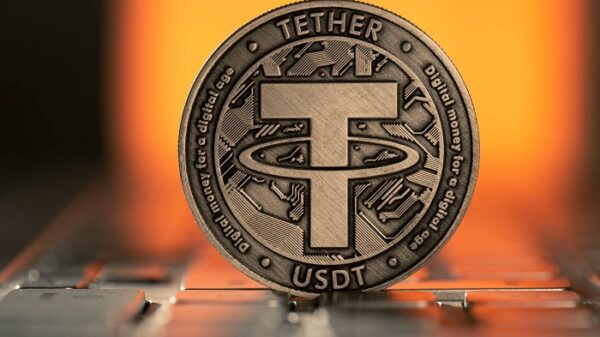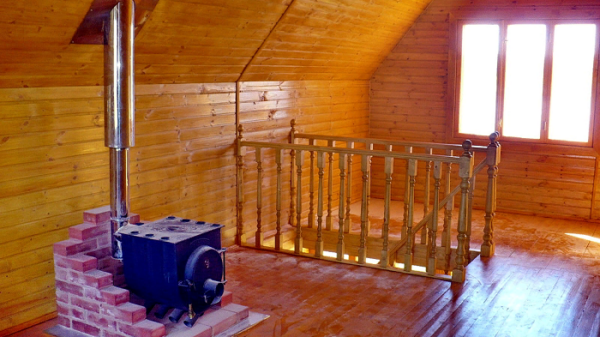Currently, steel panel radiators are considered the most popular solution for the installation or repair of steam heating. This rather high -tech product everywhere and actively replaces traditional cast -iron radiators, which, by their appearance, can ruin any interior, except, except perhaps, frankly vintage. Many experts are of the opinion that panel radiators are more suitable for an autonomous heating system: this statement has a technical justification, but in practice, many people connect them to centralized heating, and everything works fine.
The current market of heating equipment is distinguished by a variety of models, design and technological solutions. Today it is easy to choose and buy panel heating radiators in many retail chains and online stores, you just need to know the desired performance and decide on the dimensions and design.
However, the design of all steel panel heating radiators is not diverse, for which there are strong design prerequisites. Despite the outward brevity, this is a rather complex product with a multi-stage production process:
– stamping of panels from sheet steel;
– production of U-shaped convectors;
– connection of parts using roller welding;
– welding of convectors;
– painting of the assembled product.
The most important stage of production is precisely painting, since a lot depends on it in the further operation of the radiator. As you know, steel does not resist corrosion well, therefore very high hopes are placed on painting in terms of the durability of panel radiators. We will immediately give advice: when choosing a radiator, take a very responsible look at the paintwork for the integrity of the layer, the absence of cracks, scratches and chips, as well as the uniformity and uniformity of painting on all surfaces, including internal ones (should not differ). It’s too important to ignore.
Now about the advantages of steel panel heating radiators. We list the most significant:
one. Beautiful appearance, discreet harm to interior design elements, aesthetic versatility – suitable for a variety of styles of interior design;
2. High rates of heat transfer;
3. Economy in use;
four. Integrity of the whole structure, ease of installation and maintenance.
Disadvantages, by the way, also exist:
1) The first is the low corrosion resistance of steel as a material of manufacture, very precise compliance with operational requirements is required;
2) The second, oddly enough, is the integrity of the structure, which makes it impossible to repair the product in case of a leak, only replacing the entire radiator;
3) Weak resistance to water hammer (the problem is solved using a pressure reducer);
4) Special conditions of transportation.




